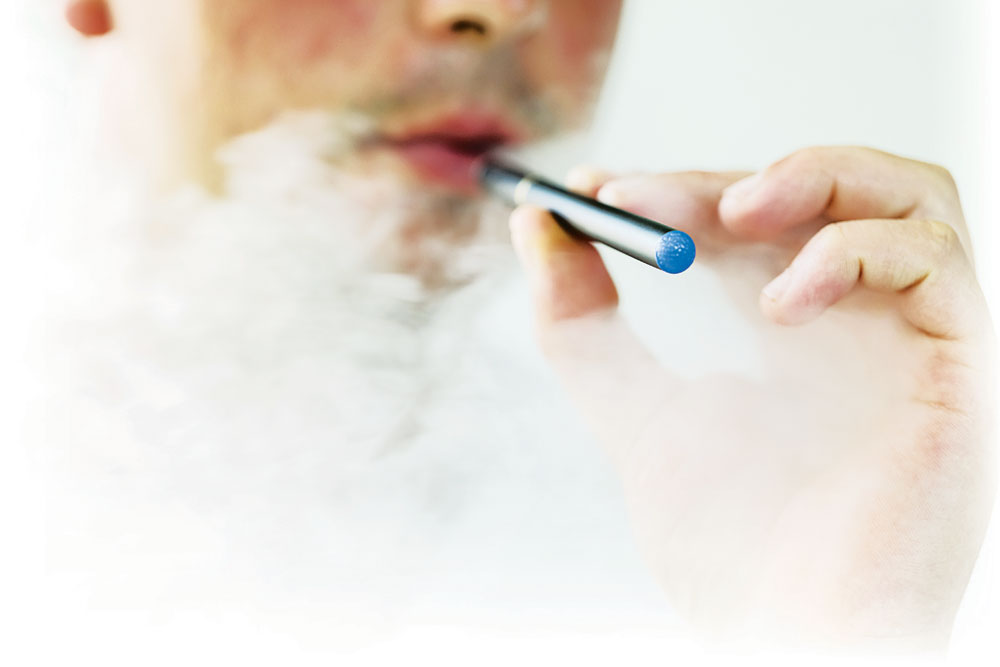
Photo by iStock Photo
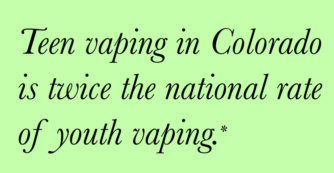 If you have a child in middle school or high school, there’s an excellent chance they have tried vaping (“E-cigarettes”) or are regularly vaping. “Parents would not be wrong to assume that your child has either vaped or has been exposed to those who have fairly regularly,” says Dr. Heather Hoch, a Stapleton resident who specializes in Pediatric Pulmonology at Children’s Hospital Colorado. She deems vaping “shockingly prevalent.” Dr. Hoch relays that one of her colleagues says of vaping, “It’s like you’re using your body as a chemistry experiment”—the long-term effects are still largely unknown, as is the cause of the recent deaths (31) and life-threatening illnesses (1,299) keeping vaping in headlines across the country.+
If you have a child in middle school or high school, there’s an excellent chance they have tried vaping (“E-cigarettes”) or are regularly vaping. “Parents would not be wrong to assume that your child has either vaped or has been exposed to those who have fairly regularly,” says Dr. Heather Hoch, a Stapleton resident who specializes in Pediatric Pulmonology at Children’s Hospital Colorado. She deems vaping “shockingly prevalent.” Dr. Hoch relays that one of her colleagues says of vaping, “It’s like you’re using your body as a chemistry experiment”—the long-term effects are still largely unknown, as is the cause of the recent deaths (31) and life-threatening illnesses (1,299) keeping vaping in headlines across the country.+
Restricting Tobacco Purchases
 In late September, Denver City Council voted unanimously to raise the legal age from 18 to 21 for purchasing tobacco products in Denver. The City and County of Denver’s Department of Public Health & Environment (DDPHE) had been proponents of the age change for some time. “While the proliferation of vaping wasn’t the only incentive, it certainly helps underscore the critical nature of tobacco use in any form by our youth,” shared Ann Cecchine-Williams, Deputy Executive Director of DDPHE.
In late September, Denver City Council voted unanimously to raise the legal age from 18 to 21 for purchasing tobacco products in Denver. The City and County of Denver’s Department of Public Health & Environment (DDPHE) had been proponents of the age change for some time. “While the proliferation of vaping wasn’t the only incentive, it certainly helps underscore the critical nature of tobacco use in any form by our youth,” shared Ann Cecchine-Williams, Deputy Executive Director of DDPHE.
Councilman Christopher Herndon says “I sincerely believe it’s the right thing to do. If you look at statistics, we agree that we do have an issue when it comes to e-cigarettes with our youth…and when you hear about some of the impacts it’s having on our youth when it comes to addiction and smoking later on as an adult, ensuring that those over 21 are the only ones allowed to purchase it is the right thing to do in my opinion.”
Will Raising the Age Reduce Teen Vaping?
Many teens, Hoch says, do not even realize that what they are vaping is tobacco, and haven’t thought about the many other chemicals in the pods. She says that many teens purchase their vaping products outside of stores, meaning that the pods they use may have been modified; “they have no idea what’s in those pods,” Hoch says, adding that “that may be an additional level of risk.”
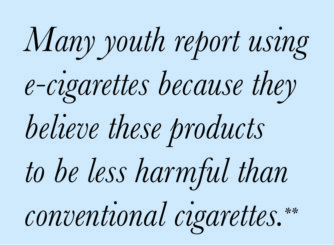 Sid Stephens, who works at Rusty’s Vape & Smoke Shop echoes this concern, saying, “You’ll find people that have access to units that have infiltrated the country in bulk…they will sell it to anybody that wants it.” Stephens worries that the legitimate retailers like Rusty’s that comply with all the laws and regulations around tobacco sales will shoulder the blame and get a bad name. He thinks more contaminated devices will proliferate with the increase in the legal age to purchase tobacco in Denver. A Vietnam veteran who enlisted at 17, Stephens takes issue with the fact that teens have to register with the Selective Service at 18 but cannot purchase tobacco products at 18. “If you can be called to serve your country, you can smoke [a vape device or a cigarette].”
Sid Stephens, who works at Rusty’s Vape & Smoke Shop echoes this concern, saying, “You’ll find people that have access to units that have infiltrated the country in bulk…they will sell it to anybody that wants it.” Stephens worries that the legitimate retailers like Rusty’s that comply with all the laws and regulations around tobacco sales will shoulder the blame and get a bad name. He thinks more contaminated devices will proliferate with the increase in the legal age to purchase tobacco in Denver. A Vietnam veteran who enlisted at 17, Stephens takes issue with the fact that teens have to register with the Selective Service at 18 but cannot purchase tobacco products at 18. “If you can be called to serve your country, you can smoke [a vape device or a cigarette].”
Herndon says there was some discussion of the possibility that raising the age might lead teens to purchase vaping pods from unauthorized retailers, increasing the possibility of their purchasing adulterated products. “I’m sure there will be a percent that will still use those methods, but that shouldn’t stop us from doing the right thing to protect the overwhelming majority of kids.”
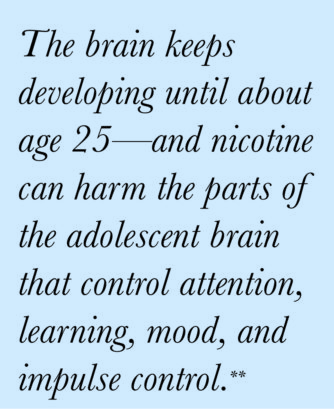 Hoch suggests that increasing the cost of vaping products by adding excise taxes to vaping products would be instrumental to reducing teen vaping. Currently, a pod—which includes as much nicotine as a pack of cigarettes—is cheaper than a pack of cigarettes in Colorado. Hoch says teachers have told her they have students that go through two or three pods in a day. Herndon would not comment on additional measures City Council might consider moving forward to restrict youth tobacco use, though he did say, “We’re always looking for ways to better protect our youth.”
Hoch suggests that increasing the cost of vaping products by adding excise taxes to vaping products would be instrumental to reducing teen vaping. Currently, a pod—which includes as much nicotine as a pack of cigarettes—is cheaper than a pack of cigarettes in Colorado. Hoch says teachers have told her they have students that go through two or three pods in a day. Herndon would not comment on additional measures City Council might consider moving forward to restrict youth tobacco use, though he did say, “We’re always looking for ways to better protect our youth.”
Vaping: Not Safer Than Cigarettes, But Harder to Detect
Though Hoch and other experts agree that vaping is not good for anyone, its impacts among youth are especially concerning due to the fact that brains are still developing until age 25. Teens are “exquisitely responsive to addiction,” and vaping is actually much more addictive than old-school cigarettes according to Hoch. The lungs are also still developing until the mid-20s, according to Hoch, so the impact on their health may be even greater than in adults.
The most recent Healthy Kids Colorado Survey (2017) revealed that 44% of Colorado middle and high school students surveyed had tried vaping at least once (versus 16% trying cigarettes). Fully 27% of respondents were currently vaping. That puts Colorado youth at twice the national average for experimenting with vaping. This data is ironic given Colorado’s history centering on pulmonary wellness, which drew many to settle here in the late nineteenth century. “Colorado has always been a huge center for respiratory medicine, going back to tuberculosis days,” reflects Hoch.
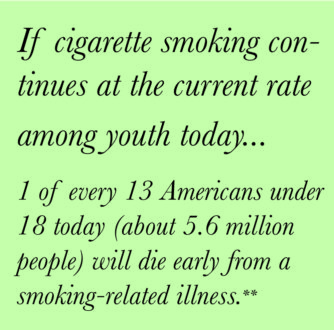 Unlike cigarettes, the odor of vaping products dissipates quickly, making it exceedingly difficult for parents to detect that their child is vaping. Associated paraphernalia is also difficult to identify. Hoch shares that she’s seen devices that resemble asthma inhalers, lipsticks, and heard of “vape-wear”—hoodies designed so the wearer can vape through the sweatshirt’s strings. “I think teachers are really at the forefront of this epidemic,” says Hoch, since teachers are finding these items and identifying them in schools. Hoch recommends parents engage in ongoing, open conversations with their children about the dangers of vaping.
Unlike cigarettes, the odor of vaping products dissipates quickly, making it exceedingly difficult for parents to detect that their child is vaping. Associated paraphernalia is also difficult to identify. Hoch shares that she’s seen devices that resemble asthma inhalers, lipsticks, and heard of “vape-wear”—hoodies designed so the wearer can vape through the sweatshirt’s strings. “I think teachers are really at the forefront of this epidemic,” says Hoch, since teachers are finding these items and identifying them in schools. Hoch recommends parents engage in ongoing, open conversations with their children about the dangers of vaping.
As for the perception that vaping is safer than cigarettes? “I liken it to driving down the highway at 150 mph either wearing a seatbelt or not wearing a seatbelt; maybe wearing a seatbelt is safer but neither one of those [activities] is safe,” says Hoch.
+Data as of 10/16/2019; source: The New York Times Vaping Illness Tracker at https://www.nytimes.com/interactive/2019/health/vaping-illness-tracker.html
The Front Porch ran a prior article on vaping in March 2018, https://frontporchne.com/article/safe-vaping-smokescreen/
Cause of Vaping Illness?
All reported patients have a history of using e-cigarette, or vaping, products. Most patients report a history of using tetrahydrocannabinol (THC)-containing products. The latest national and state findings suggest products containing THC, particularly those obtained off the street or from other informal sources (e.g. friends, family members, illicit dealers), are linked to most of the cases and play a major role in the outbreak.***
In Colorado, at least 11 individuals are reported to have the illness, with 9 of them hospitalized, according to the CDHE.*
On Oct. 24, the Denver Post reported that the Colorado Dept. of Health and Environment was investigating the death of an 18-year-old Colorado man that could be the state’s first death associated with vaping.
*Colorado Dept. of Health and Environment
*** https://www.cdc.gov/tobacco/basic_information/e-cigarettes/severe-lung-disease.html




0 Comments